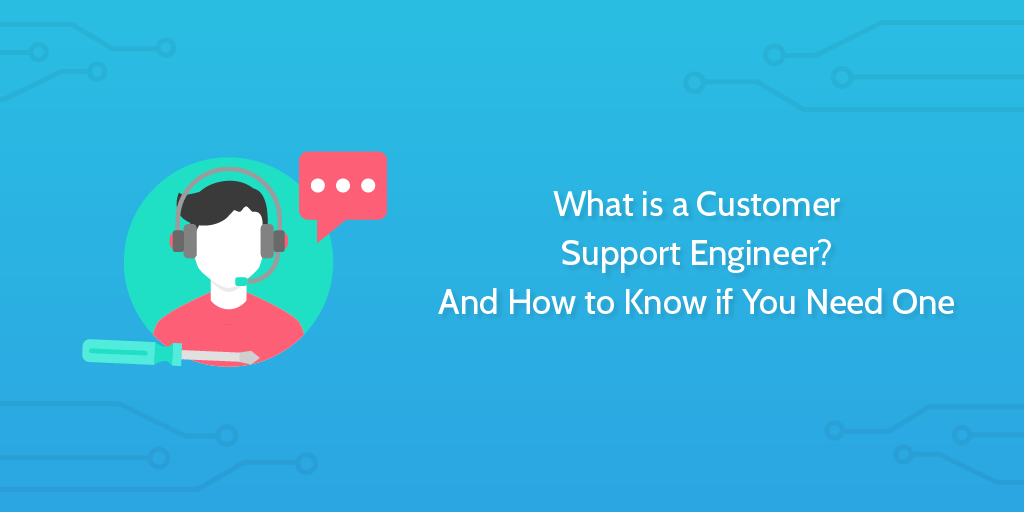 There are so many layers to a modern support team.
There are so many layers to a modern support team.
Some companies will have countless reps working hard each day to champion the customer and empower them to do what they need to do.
On top of that, you might have members of the support team who double up as part of the product design team; looking for niche use cases or areas where customers don’t find the product intuitive.
Support teams may even have specialized roles which look to help customers achieve certain business goals, rather than just guidance with the software.
In this Process Street article, we’re going to look at one of the unsung specialists of the modern age: the customer support engineer.
With the rise of SaaS products particularly, the customer support engineer has become a meeting point for customers, sales, design, and development.
A Jack or Jill of all trades!
We’re going to explore exactly what a customer support engineer is, what they do, and when or why you might need one!
What does a customer support engineer do?

A customer support engineer is someone who works in a customer-facing role and deals with technical issues. They might help customers directly or they might produce documentation to show customers how to tackle complex and advanced tasks. Customer support engineers are problem solvers with people skills!
A customer support engineer is often a person a ticket in a support process can be escalated to.
This person could be responsible for tasks or duties like:
- Resolving technical customer tickets
- Troubleshooting technical problems with the platform
- Communicating these problems to the development team
- Writing documentation on advanced features for users
- Helping train level 1 support representatives
- Outlining the specifics of customer feature requests
A support ticket starts with a generalist
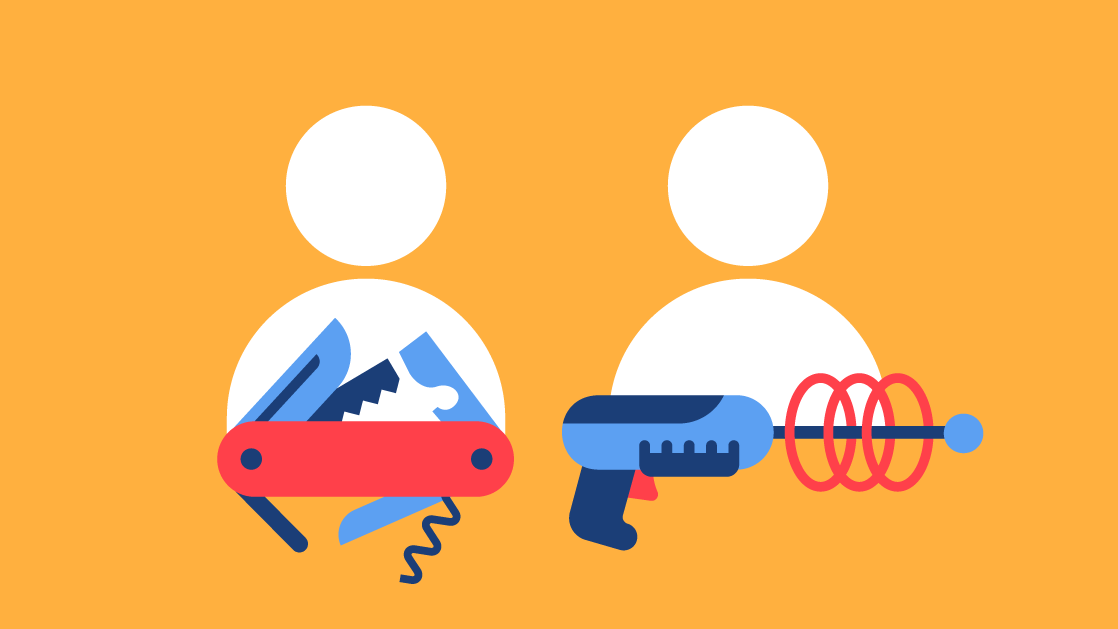
You may typically have a level 1 support representative whose main job is to receive and review customer enquiries, problems, or complaints.
For commonly occurring issues, the level 1 support structure should be able to solve those tickets for the customer and be able to do it really quickly.
In a previous post of mine about user onboarding, I talked at length about the importance of the customer support team in guiding a user through those initial stages of exploration of a platform. I mentioned a variety of different tools you can use to make sure your customer support and outreach runs efficiently. Many of these platforms included automation-esque elements which could speed the process up.
One of these features would be the inclusion of premade answers to common questions, which a level 1 support representative might use as a template to build off to deliver the customer the right answer in the best way every time.
However, not all tasks can be solved by our level 1 team.
A complex ticket is escalated to a specialist
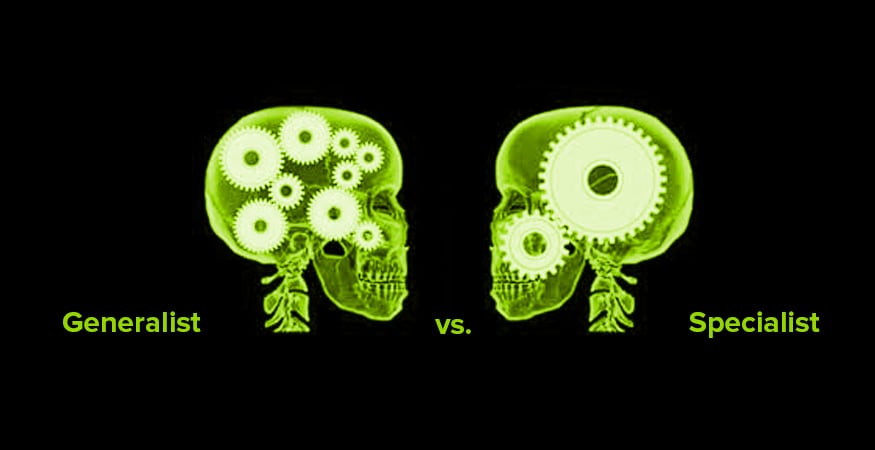
Sometimes, the issue is a little more complicated. Maybe the customer wants to do something very advanced with the platform? Or maybe the customer is experiencing an issue with the platform not behaving as intended.
To solve that first use case we need a customer support representative who has a deep and specialized knowledge of the platform while also being trained at solving real world business use cases.
This is a customer support specialist. They can be given different names in different teams, and the seniority of their title may depend on the size of the company they work in.
The second use case, of the platform not working as intended, requires someone with a degree of development knowledge. They may need to get onto a video call with the customer and go through some troubleshooting.
This may involve using Inspect Element and rifling through the console or the logs. To do this effectively, and be able to gather actionable information, you need a highly skilled individual who knows what they’re looking for. This person needs to then either be able to act on this information themselves, or communicate it properly to the development team.
This person is ideally both capable of development to a certain extent, and an excellent liason for the other devs in the company.
The person described above in the beyond-level-1 scenarios is your customer support engineer.
A specialist.
What companies use customer support engineers?

The rise of the customer support engineer comes largely hand in hand with the rise in SaaS technology.
The history of SaaS is pretty interesting, but the shorthand is:
- A company builds a software product
- That product is often hosted on servers run by the original company.
- Other companies sign up to use that software product
- The other companies are paying for Software as a Service
I know, that was a pretty simplified way to explain something you probably already knew. But it’s important to clarify these things – particularly when dealing with something which is so closely related to SaaS.
Why SaaS is a little bit different
In other areas of customer support, say for a blender you bought from the shop, an airline which has cancelled a flight, or a mobile phone which is broken, customer support engineers don’t really have much need.
Customer support in those instances is often about placating the customer and then arranging for a speedy replacement of a product, or compensating along the lines of any warranty agreements for an item being broken or a service not being properly delivered.
You can’t ring up an airline and have an engineer fix your cancelled plane over the phone.
It just wouldn’t make any sense.
This is why SaaS is different to normal products like that deluxe blender you purchased.
The blender is one fairly simple product which has been designed by a team and then made in a factory. But it wasn’t the only one made. The blender company likely make huge numbers of blenders every month and ship them all across the world.
Whereas, with a SaaS product, the team who build it are also the team who maintain it – because a SaaS product is really just one big product.
You’re not using one unit of that product. You’re using the product – the same one everyone else is using.
You might be using it differently to others, using some features more and some less, or using the product with a host of different integrations – but the code that powers your product is the same powering mine.
How a customer support engineer protects the product
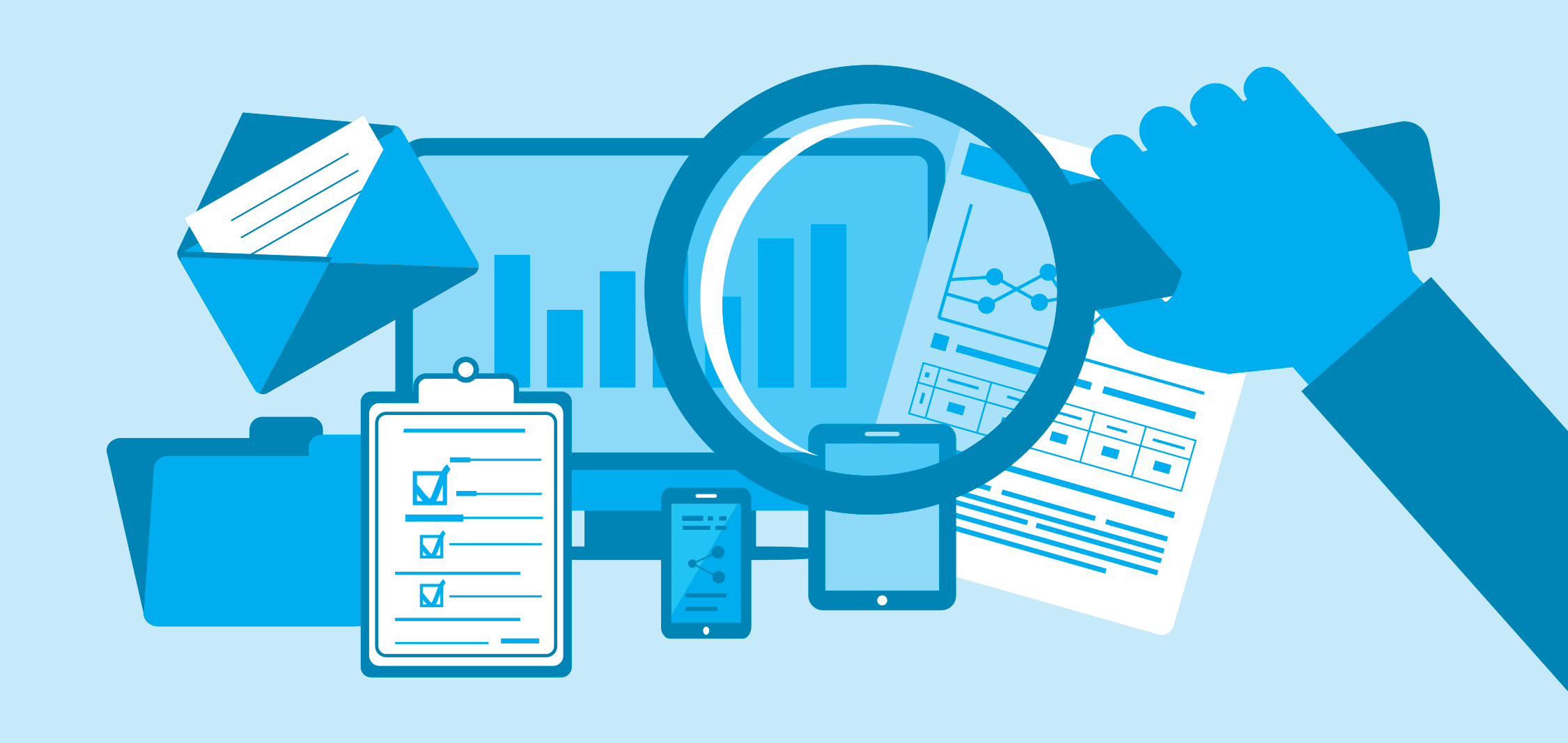
As such, SaaS companies need to make sure that their product is working at all times. If it isn’t working for one person then it’s likely that it’s not working for a whole load more people too!
A customer support engineer is kind of like the scouting party line of defense for SaaS companies. When the product doesn’t appear to be working as it should be, these are the brave soldiers who go out into the wilderness to find out why it isn’t working on a customer’s computer.
Is it an issue with the browser? Is some kind of super-adblock stopping scripts from running? Has the user set their laptop time differently to their actual timezone; screwing up the digital token issued in our two step verification process? (Sorry to Zharkyn on our dev team! – thanks for helping me with that)
There could be a host of reasons why something isn’t working.
As the customer support engineer helps the customer, they can find out whether it is an external problem (like my clock, which our engineer identified) or a problem within the product itself. If it’s a problem within the product then identifying it quickly allows the development team to work on a patch, an update, or roll back the recent live deployment which might have caused it.
Whatever the scenario, the customer support engineer isn’t just helping keep the customer happy, they’re helping keep the product alive.
The customer support engineer is, in a sense, monitoring the platform’s vitals – the ones which might not show up on dashboards.
SaaS companies operating by best practices likely already have customer support engineers, and if you don’t then maybe you need to ask yourself “why?”.
How the customer support engineer fits into a support process
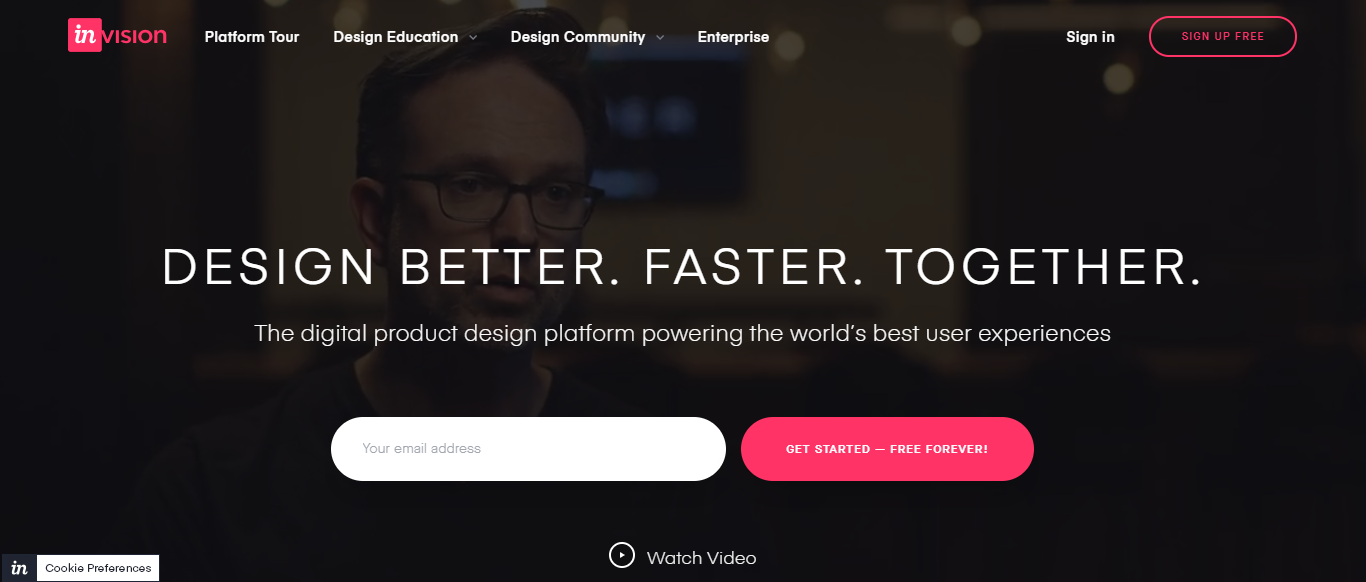
In an article by Zapier, looking at how InVision approaches SaaS support, Vice President of User Enablement Brandon Wolf lays out the internal structure which InVision uses and how customer support engineers fit into that process.
With a tiered approach, the support team is broken into different functional groups based on their technical know-how and interests. One tier might field things like pricing questions and feature requests, while another handles tickets that require digging through system logs and squashing bugs.
The use of specialization increases the efficiency of the support flow, and helps with costs. As Brandon points out:
If you have to hire a support engineer for password resets, you’re probably doing something wrong.
InVision use a small team but they typically get through about 5,000 tickets per month.
This speed of processing comes from having a structured process through which to tackle different kinds of issues.
Regular questions and concerns can be handled by level 1 and customer support engineers can form the more heavily armored level 2 support:
At InVision, the 15-person team is split into two tiers: tier 1 is the “Customer Advocates,” and tier 2 is “Support Engineering.” Customer Advocates take care of questions related to InVision “working as expected.”
Brandon talks about how he typically looks to hire engineers who are more interested in doing customer facing activities than only throwing themselves into the code.
As a result of this, when there are serious issues, the customer support engineer for a ticket will work directly with the engineering team to help identify and solve the problem at hand.
In this sense, the customer support engineer acts as a backup developer labor-resource for crucial or emergency moments. This triage approach helps make sure that the core developer team can focus as much of its effort as possible onto improving the product and sticking to their sprints.
When not helping the dev team or dealing with tickets, the customer support engineers at InVision will put time into the kind of documentation activities we’ve discussed in this article, but also into building tools and workflows which can assist their level 1 colleagues.
Why a customer support engineer is well-suited to a holistic support process
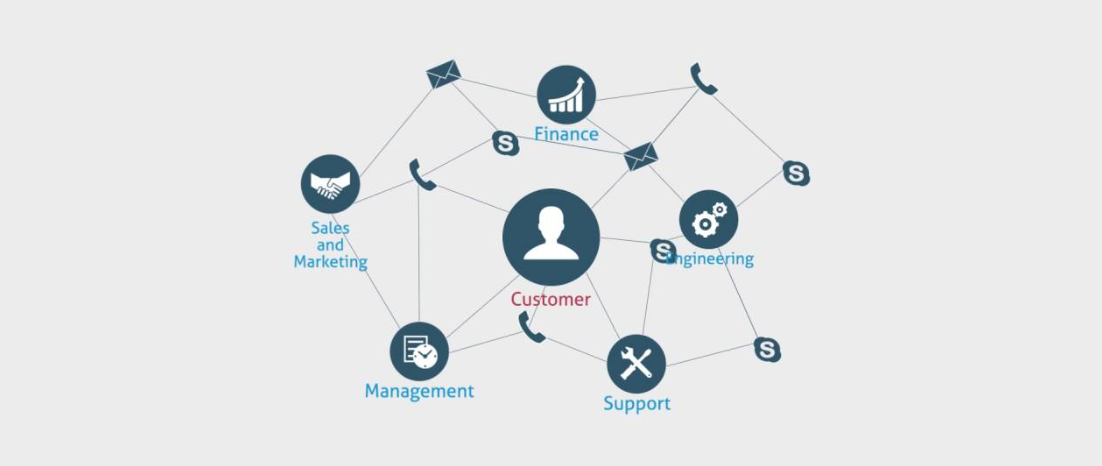
I’ve always been a big believer in taking a holistic approach to the support process.
Your support team are your customer-facing staff – the ones who deal with staff on a day by day basis. They are a great resource to trigger a whole range of different actions.
A support team can be an important part of the sales process; upselling customers, or highlighting potential upsells for the sales team.
A support team can spot technical flaws for the development team to work on improving stability of the product, or can pin feature requests and describe use cases for the product design team to look at implementation.
Beyond that, other teams can help out the customer support team too.
Content and marketing can put together easy to understand guides and feature explanations in blog articles, ebooks, or knowledge-base formats.
The different arms of the business can and should work together to hit collective goals.
Serious problems which exist for SaaS companies, like managing customer churn, require collective action across teams and collaboration throughout the company.
And that’s one area where a multi-skilled character like a customer support engineer can fit into the process so neatly.
While simultaneously managing level 2 escalated support tickets and solving customer problems, the customer support engineer can parlay with the dev team to discuss commonly occurring incidents, with the product design team to discuss the details of oft-requested features, and with the content marketing team to write up technical documentation.
What our support process at Process Street looks like
At Process Street, certain members of our support team maintain the knowledge-base to ensure users always have a place to go to find answers.
A section of that knowledge-base is dedicated to integrations with other platforms. These integration articles use the third-party automation platform Zapier to connect Process Street with one of the library of over 1000 different apps and webapps.
Taking use cases which require a spot of technical input and making them simple to follow guides for users is a great project for a customer support engineer to do while not busy attending to user tickets.
In terms of fitting into the flow of a process itself, you can check out Process Street’s internal support process for level 1 support which we’ve made publicly accessible to see where a customer support engineer might fit in:
Customer support engineers could either fit in as the standard role for level 2 support, or be a specialist role as part of level 2 which receives assignments for specifically technical issues. This kind of specialized role would mean customer support engineers’ time isn’t wasted on managing billing or other non-technical tasks which could be taken by another support rep with more specialism in that area.
How TechMD optimize their support through the use of a process
The benefit of having a process in place can be seen in a case study I did of one of Process Street’s long serving clients TechMD, which provides IT support and managed services to a host of SME clients.
The customer support process is used alongside the CRM so that when something goes wrong it’s possible for the team to assess how the process was followed.
If it wasn’t followed correctly, then the problem is either with the person or the usability of the process. Knowing this can either result in more training or process improvements.
If the process was followed correctly yet the support given wasn’t up to standard, then the process needs improving. That data point can illuminate where a process requires improvement and then all staff begin following the tweaked new process to eliminate that mistake in future.
Having the process enables a degree of kaizen in your organization.
The customer support engineer in your company
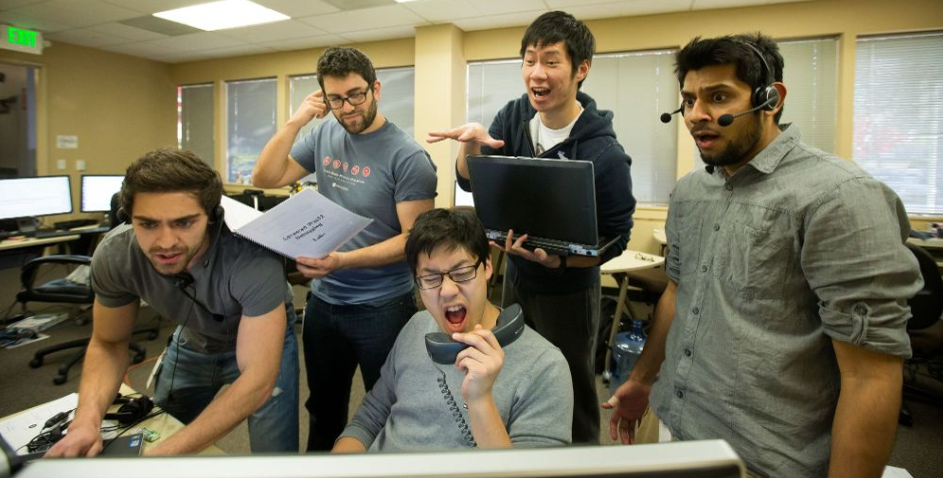
The customer support engineer in your company could be responsible for a whole range of different things.
From assisting the development team to producing content.
But a customer support engineer should also be a real customer champion; someone who is willing to put the interests and needs of the customer first.
The irony is that they’re a specialist in the context of customer support, but a true generalist in the scope of what they offer to the business and the value they are capable of creating.
Importantly for you, top customer support engineers keep customers happy and can help fight churn. They make you money.
Do you have a customer support engineer in your company? Let us know how their role works in the comments below!







Adam Henshall
I manage the content for Process Street and dabble in other projects inc language exchange app Idyoma on the side. Living in Sevilla in the south of Spain, my current hobby is learning Spanish! @adam_h_h on Twitter. Subscribe to my email newsletter here on Substack: Trust The Process. Or come join the conversation on Reddit at r/ProcessManagement.